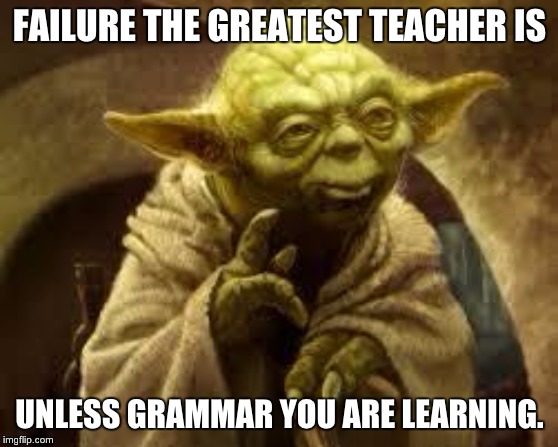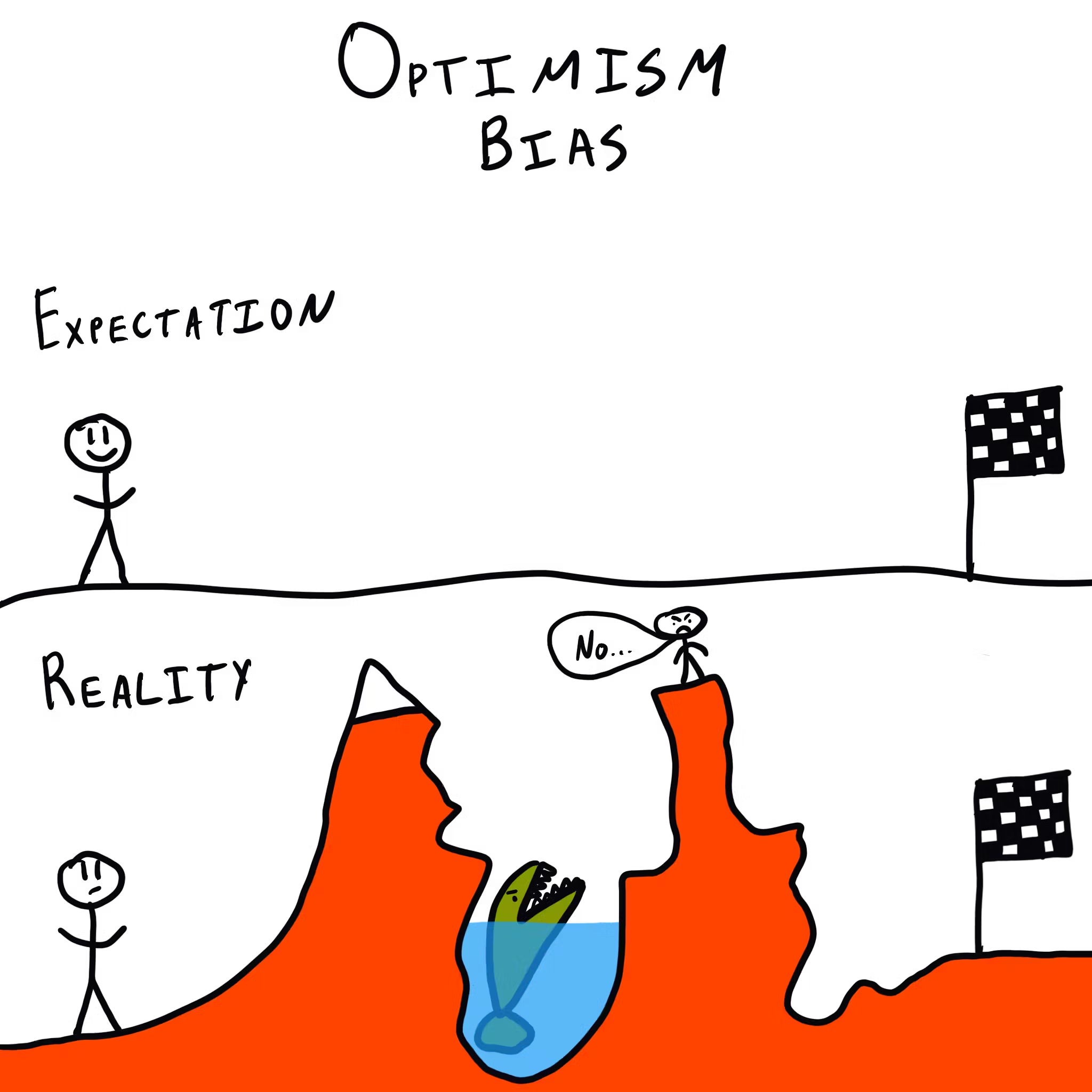This is one of my favourite workshops. Typically used for Project Teams, the Pre-Mortem can actually be applied in a variety of contexts. Any team that has goals/objectives to achieve within a defined period can benefit from this. But the beauty of the workshop is not just in the outcomes it delivers, but also in the process itself…
Let me explain…
Team’s exist to deliver an outcome/outcomes, often set over the course of a financial year. They will likely experience successes and failures along the way, and ultimately, they either succeed or fail. As the team looks back on the year and reflects, rarely do they successfully explore what they learned. Any success stories are retold with a “self-serving” bias, where we over estimate our role in the success, usually at the expense of colleagues in the same team. The real value from a learning perspective is in the failures that happened, but our ego and fear of how others will think of us often hides these lessons.

Now, if you had a team together, and at the start of the financial year you looked at the year ahead, how likely are we to successfully identify potential problems? Humans are naturally over-confident. We think we can do far more than we actually can in the short term, although ironically we also drastically under estimate what we can achieve in the long term.

As a CEO/Leader of a team, you want to maximise your likelihood of achieving what you need to in the financial year ahead, pulling on the collective intelligence of your colleagues around you to identify and mitigate any risks/obstacles that could prevent you from achieving those goals. To do that, you need to remove, as much as possible, the ego, over confidence and self-serving bias (to name a few!) that negatively impact our ability to do this.
Hence, the Pre-Mortem.
So, this is my guide on how to run one, and to make it awesome.
Set the Stage (it’s all in the framing).
Most teams are grateful for an opportunity to spend time in meetings that feel different. One of the great things about the Pre-Mortem is that it takes you out of your day to day mindset and challenges you to think differently. It’s a great energiser for teams. With that in mind, how you set the stage will influence how this feels for your team.
Take your time in setting this up. As a bare minimum, people in the room need to understand:
- Imagine you are at the end of your Financial Year (or the period you are exploring – it could be a 3 year timeframe if you are the senior leadership team of a company looking at the next iteration of your company strategy, for example)
- Knowing what your goals/objectives/targets were for that period, now imagine that you’ve failed to reach all of them as a team.
I like to ask people to close their eyes as I set this scene. It helps people to switch on their imagination and shut out the “noise”. Have a play with how you could make this more of an experience!
Set clear instructions! (clarity is key)
You will be splitting the team up into groups so they need to be clear on what they need to do. The key question you want them to explore is “why did the team fail”. They need to think in that future state, and let their imagination explore all of the things that could have led to that failure.
You can adjust the below instructions depending on the outcome you’d like to explore:
- Split into small teams (3 is optimum I would suggest… 5 or higher means people won’t be equally contributing)
- Start with some divergent thinking – list all of the reasons you can think of as to why the team failed
- Now consider each “failure” against 3 categories:
- Is it a Showstopper (if this “failure” happened then will that completely destroy the chances of success)
- What is Most Likely to Happen (you could rank the reasons, or just highlight ones you feel are most likely)
- What is in Your Control (harder than it sounds… how much can you influence this “failure” in reality?). There might be debate here…
- The Teams have 30 minutes to explore this together (you can do it shorter but you might miss out on some of the divergent thinking and debate)
- I would add at this point that the aim here isn’t to “solutionise” – if you find yourselves starting to “solve” then bring yourselves back on task!
The Debrief (manage that time…)
The role of the facilitator here is crucial, maybe more so if you are the leader of the team going through this activity as opposed to someone external.
My approach here is:
- Allow each team 3-5 minutes to share what they’ve come up with
- The rest of the group now have 10 minutes to share their perspectives on the output. At this stage I don’t allow the presenting team to respond (this helps the group realise the importance of clarity in their presentation, and the rest of the group to be empathetic in their perspective)
As a facilitator you need to keep people on track with time, and I like to reward the room when there are examples of concise and clear delivery, or empathetic feedback.
Once every team has had their slot, we move to the group discussion
Group Discussion (bringing this together in a meaningful way)
Now the group considers all of the “failures” raised. Explore them as a team:
- What themes have emerged?
- Are there commonalities in the categories?
- Is there a Top 3 “Failures” that the team feel aligned on that are significant, likely to happen and in your control to be tackled?
The output here could be just to reach this point, or you could pause for lunch/break and then bring people back to brainstorm the 3 identified.
f you’re a leader or business professional that’s looking to develop new leadership skills, you might be interested in our BRAND NEW Culture Labs!
The first Lab will run in September in London, and is called “Leading through Change”.
Tickets are £295 (unless you are on the Waiting List where you get £100 off 🤫)




